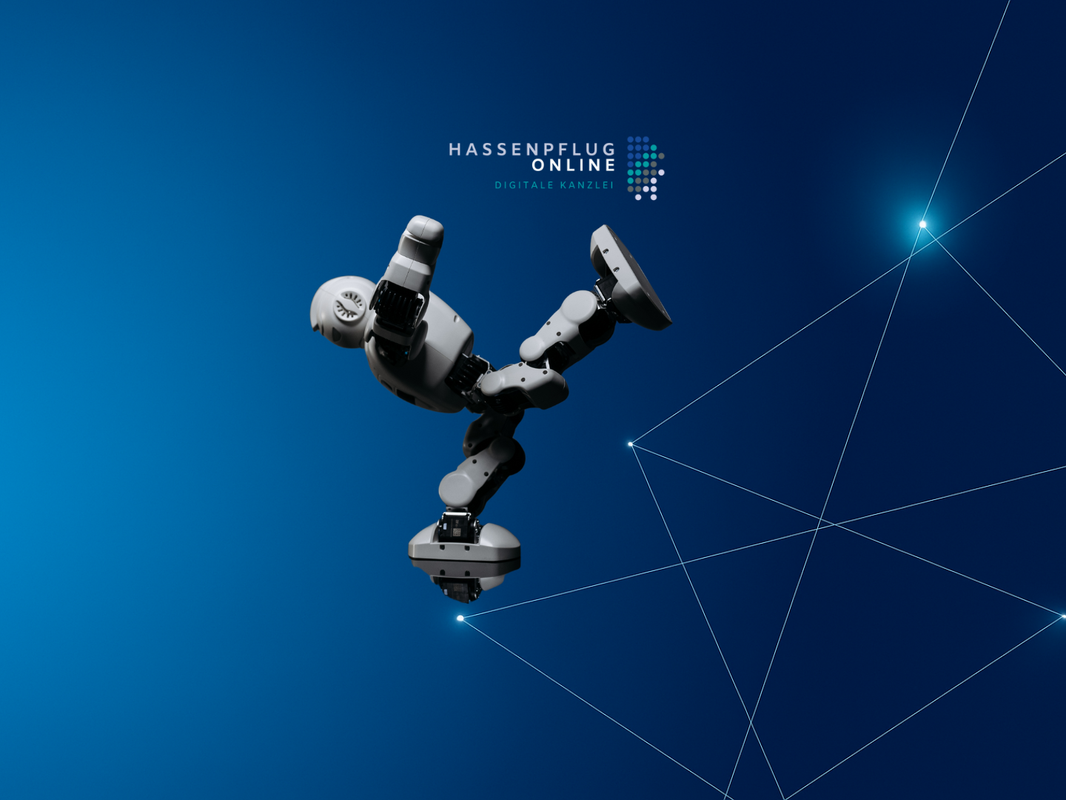In recent years, the working environment in tax firms has changed profoundly. What once took place exclusively in the office is now a combination of on-site work, remote working, and virtual meetings. Hybrid teams have become the new normal in many places – and with them a multitude of opportunities, but also challenges, that must be actively addressed.
Hybrid collaboration enables tax advisors to respond more flexibly to the needs of their employees and also to integrate specialists from outside their region . For many firms, this has become a decisive factor in the competition for qualified employees. Furthermore, hybrid working opens up potential for meaningfully combining focused individual work in the home office with collegial exchange in the office. This flexibility increases satisfaction, promotes loyalty to the company, and often also improves productivity.
But despite all the enthusiasm for modern working models, it quickly becomes clear in practice: hybrid teams don't manage themselves. Quite the opposite – the mix of physical distance, virtual communication, and diverse work environments presents managers with new challenges. Many of the familiar mechanisms that once created team cohesion and information flow almost automatically no longer function in the same way under hybrid conditions.
Especially in tax firms, where client processing, knowledge sharing, and collaboration in project groups go hand in hand, these fractures quickly become apparent. Spontaneous coordination at the workplace or brief exchanges at the coffee machine are missing. The risk of subgroups emerging, information getting lost, and employees becoming disconnected from the team increases.
These challenges should not be underestimated. At their core, they always come down to the same critical issues: trust, communication, and transparency .
A central problem of hybrid collaboration is the formation of subgroups. If part of the team works predominantly in the office while others work regularly or entirely remotely, "us and them" constellations quickly emerge. This dynamic is often exacerbated by the fact that informal networks are easier to maintain in-person, while virtual team members are less visible. If this is not actively counteracted, not only cohesion but also the motivation of the affected colleagues suffers.
In addition, there are compromises in communication. Many law firms find that the flow of information between employees stalls when spontaneous conversations are eliminated and digital tools are not used consistently. If some employees primarily write emails, others communicate only via chat, and others primarily participate in virtual meetings, a patchwork of incomplete information and misunderstandings quickly develops.
Building sustainable relationships within a team is also more challenging under hybrid conditions. Trust develops not only through professional collaboration, but also through personal interactions. Facial expressions, body language, and informal exchange are important foundations for developing closeness and cohesion. If these elements are permanently lacking, isolation and demotivation threaten.
Furthermore, hybrid working requires a high degree of self-organization . Without a clear structure and reliable feedback processes, many employees find it difficult to set priorities, manage time effectively, and continuously develop themselves. Last but not least, there is a risk of losing informal networks across departments. When meetings in the office become less frequent, knowledge transfer between teams decreases, which can also limit a firm's innovative capacity in the long term.
To successfully meet these challenges, a clear leadership approach is needed. Trust, communication, and transparency are the three crucial pillars.
Trust develops when employees feel seen and supported in their work. Digital solutions like Microsoft Viva can provide important impetus here. *Viva Insights*, for example, allows you to analyze work patterns, better plan focus times, and promote healthy routines. This gives managers a sense of whether team members are overworked or have sufficient space for focused work. *Viva Learning* can also be used to design individual learning paths and actively support personal development. It is precisely this combination of appreciation and support that strengthens trust in the long term.
Another success factor is clear, reliable communication . Digital tools offer many possibilities here – but it's crucial that they are used strategically. With *Viva Engage*, communities can be built where professional exchange, feedback, and personal interests can be pooled. Such virtual spaces help intensify contact and establish collaborative exchange across departmental boundaries.
Transparency ultimately means that all team members are on the same page. *Viva Connections* can provide personalized dashboards that visualize strategic goals, current projects, and relevant company information. Especially in hybrid teams, it's essential that decisions are communicated clearly and success stories are shared. This creates orientation and strengthens the feeling of being part of a common mission.
But despite the importance of digital tools, one thing must not be forgotten: technology is only one component. True success only occurs when leaders actively shape the change. Professional change management is therefore essential to bring employees along on the path to hybrid work models. It requires a thorough analysis of the status quo, a clear communication concept , participation opportunities , and sustainable learning formats . Only when trust, transparency, and participation become tangible will hybrid teams realize their full potential.
In my expert article on asynchronous collaboration , published by CH Beck Verlag in the magazine *digitax*, I delve deeper into the success factors that enable modern, digital collaboration in tax firms. There, I describe in practical terms how firms can collaborate not only more efficiently but also more humanely with clear structures, targeted support, and digital solutions.
Hybrid teams represent a tremendous opportunity when designed consciously . They open up freedom, promote personal responsibility, and make tax firms attractive employers. At the same time, they challenge managers to build closeness and trust through new approaches. Those who pursue this path with clarity, empathy, and a willingness to change will benefit in the long term—both professionally and culturally.
If you'd like to guide your firm toward a successful hybrid collaboration, I'd be happy to support you – from strategic advice to practical implementation. Please contact me.








